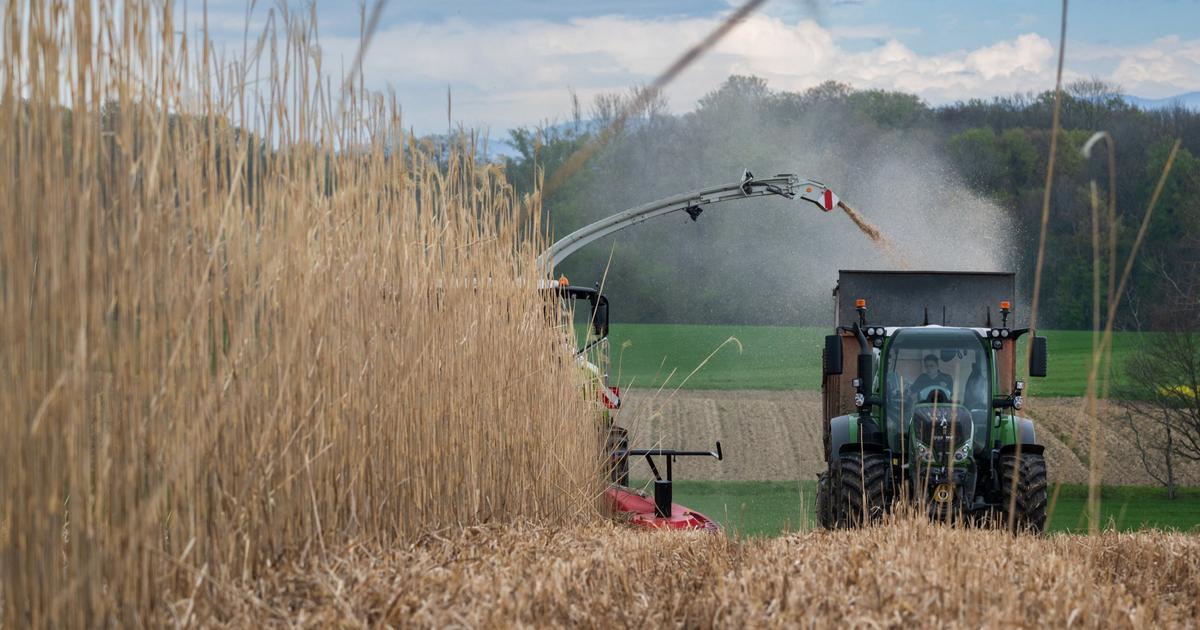Daraa-Sana
The experiment of conservation agriculture achieved success for 100 farmers in the province of Daraa after providing them with seeds, fertilizers and a direct seeding machine by the Directorate of Agriculture and Izraa station of the Arab Center for Studies of Dry Areas and Dry Lands (ACSAD).
The use of conservation agriculture techniques in the farmers’ fields contributed to reducing the costs of agricultural production to about 40 percent and increasing their income, according to the Director of Agriculture, Engineer Bassam al-Hashish, who explained to SANA’s reporter that conservation agriculture is an alternative to traditional agriculture.
And hashish indicated that about 100 farmers were given seeds, fertilizers and a direct sowing machine for free, and they applied this experience in their fields on limited areas, as the results showed the superiority of conservation agriculture over traditional agriculture, especially with the lack of rainfall and scarcity of water resources.
In turn, the head of ACSAD’s Izra station, Eng. Hussein Katma, explained that the conservation agriculture program has been applied in the Izra station since 2006, and the results and research showed its superiority over traditional agriculture with advantages related to saving production costs. Conservation agriculture is environmentally friendly and increases soil fertility by dismantling it with worms away from Plowing, indicating that the station planted wheat fields, within its previous plans, and in the current season wheat and vetch were planted, and the results were excellent.
Dr. Ayman Al-Odah, head of the Conservation Agriculture Program at ACSAD, indicated that this program is promising and an alternative to traditional agricultural production systems that depend on preparing the land and cultivating it before planting and relying on the use of a direct seeding machine that works to create an incision in the ground such as a trench or a strip with sufficient depth and width to put fertilizers The seed is covered appropriately.
He explained that conservation agriculture differs from traditional in terms of non-cultivation of the soil, continuous coverage of the soil surface with the remnants of the previous crop and the application of the appropriate agricultural cycle, indicating that the application of farmers and on various crops led to an increase in productivity per unit area under conditions of rain-fed agriculture, which constitutes the main challenge for the farmer due to the lack of precipitation. scarcity of water resources.
Al-Awda stressed that conservation agriculture reduces production costs by about 40 to 50 percent due to the abolition of tillers, the provision of labor wages, and the reduction of the amount of fuel consumption, seed rate and fertilizers, to use a modern machine, the direct seeding machine, which places the seed and fertilizer at appropriate and homogeneous depths, thus reducing the rate of fertilizer and also reducing the amount of fertilizer. The seed per hectare is up to 30-40%, meaning that the farmer adds 150 kg of wheat seed per hectare instead of 200 kg, and 100 kg of barley seed instead of 150 kg.
Qasim Miqdad









